Yesterday afternoon, two intrepid pilots restored the romance of flight as they embarked on an adventure of epic proportions. During the course of the next four months, Steve Brooks and Matt Jones of the Boultbee Flight Academy will aim to circumnavigate the globe with one of the most original airworthy Supermarine Spitfires extant, visiting 30 different countries and making over 100 stops along the way.
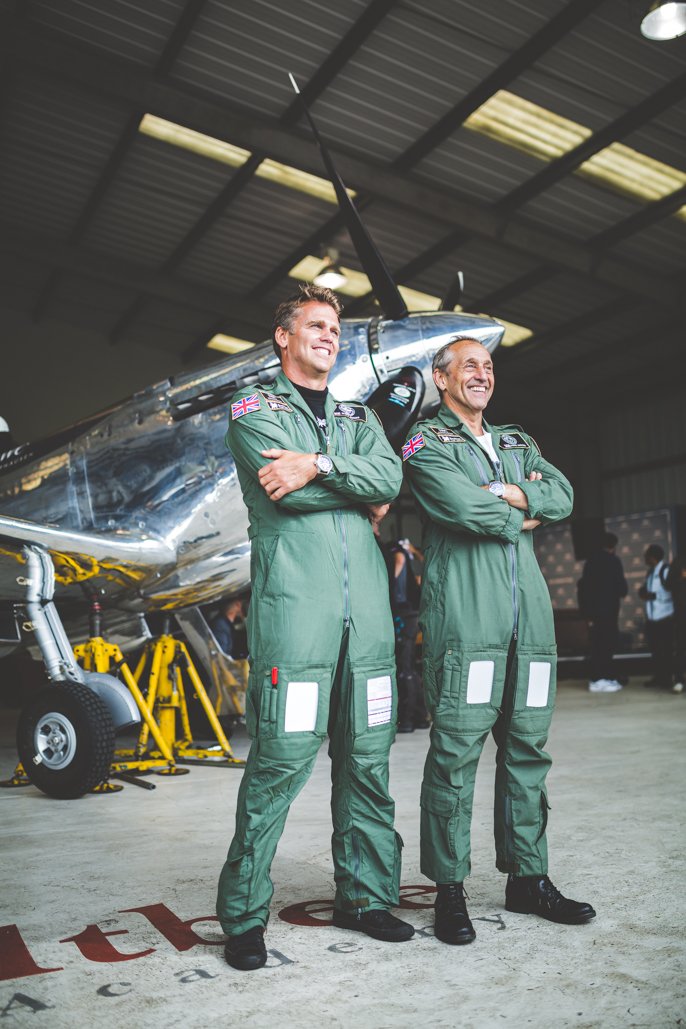
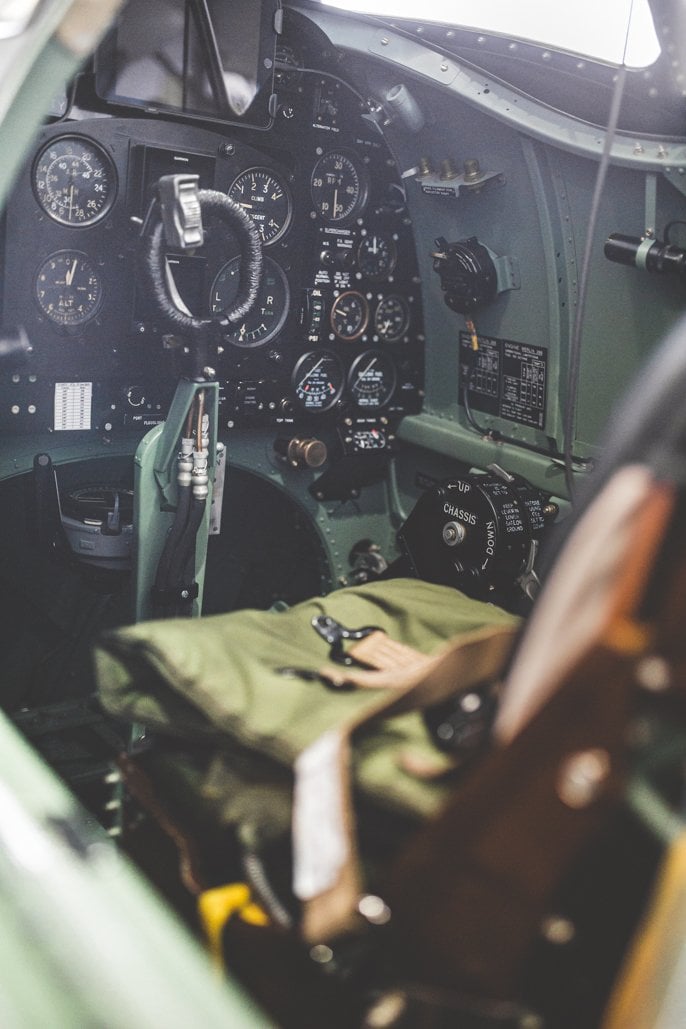
We were invited by IWC Schaffhausen, the title sponsor of what’s been billed as The Longest Flight, to bid farewell to Brooks and Jones as they headed on their maiden leg from Goodwood Aerodrome, the home of the Boultbee Flight Academy, to Lossiemouth in Scotland. Incidentally, the pilots will have special IWC Pilot’s Watch Timezoner Spitfire Editions affixed to their wrists throughout.
“It’s taken two-and-a-half years and a hell of a lot of planning to get to this point,” explained Jones during a press conference shortly before the off. “The aircraft looked like a Spitfire when we bought it, but three months later, it looked like the 40,000 parts from which it’s made. To see it sitting here is a huge achievement in itself and now our job is to bring it home in one piece.”
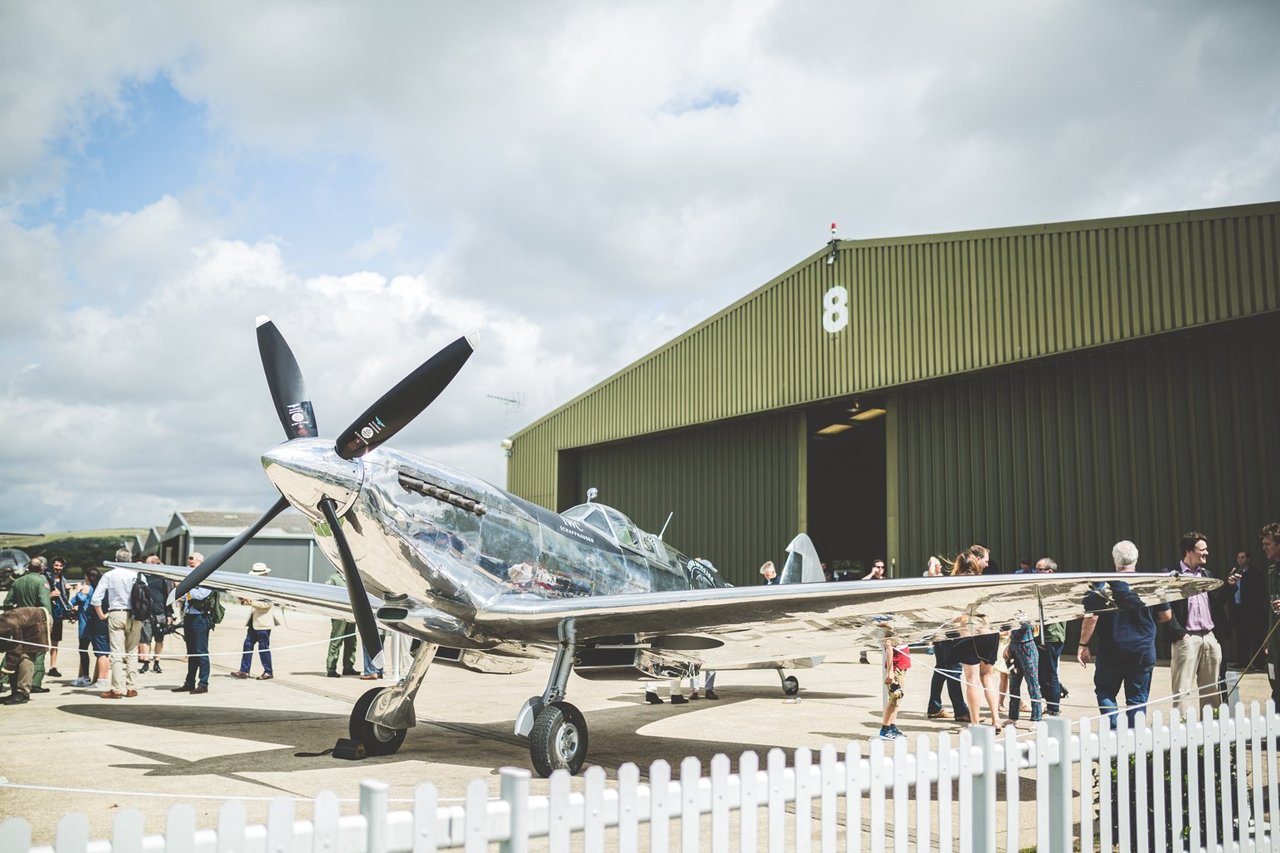
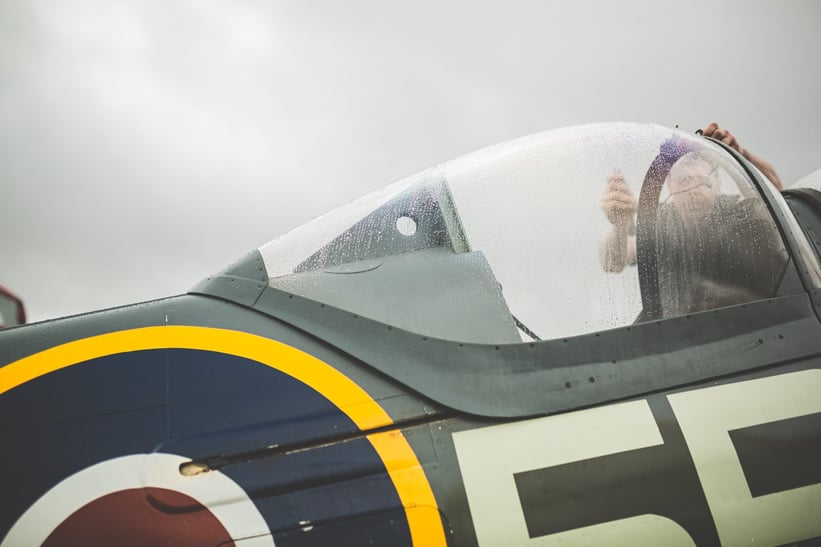
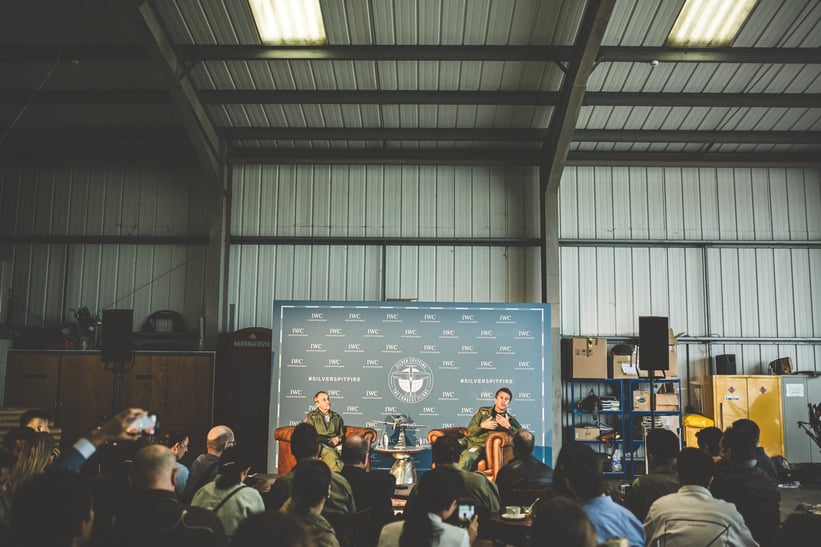
Brooks continued: “What this trip is really about is the Spitfire – it’s about taking what is arguably the finest aircraft ever built, a piece of art and a symbol of international freedom, to the world. We’ve run the Boultbee Flight Academy for 10 years now and we’ve realised that this aircraft means so much to a great deal more countries than just the United Kingdom. That’s why we’re going to fly 27,000 low-level miles through 30 different countries so people around the world can hear the Merlin engine and see the Silver Spitfire gracing their skies.” The Spitfire’s global resonance is also why it will undertake this journey in its highly polished silver finish rather than the customary military green.
The aircraft itself is a Mk9 Spitfire that was completed in 1943 and flown a staggering 51 times during the Second World War by 12 pilots hailing from countries including Australia, Canada, Norway, Trinidad and, of course, the United Kingdom.


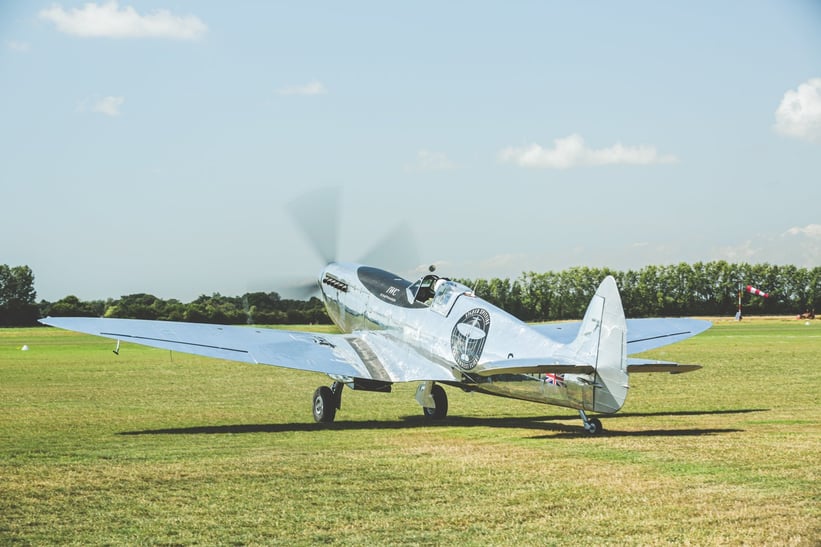
During its exhaustive two-year restoration in preparation for its global adventure, the 80,000 rivets holding ‘G-IRTY’ together were painstakingly removed and every component forensically examined and reconditioned. Its originality is nothing short of breathtaking – only modern radios and an iPad have been added to the cockpit (not for Netflix, we might add) and its fuel configuration has been enlarged from 80 litres to 200 litres, extending the aircraft’s range to around 1,000 miles.
The four-month, 27,000-mile expedition will first take the spectacular silver warbird to Canada via Scotland, the Faroe Islands and Greenland. From then, Brooks and Jones will fly across the United States, through Alaska and into Russia. They’ll then turn down into Japan and traverse Southeast Asia, before heading across to India. Finally, they will fly across the Middle East and back through Europe to Goodwood, hopefully in time for Christmas. Fingers crossed.
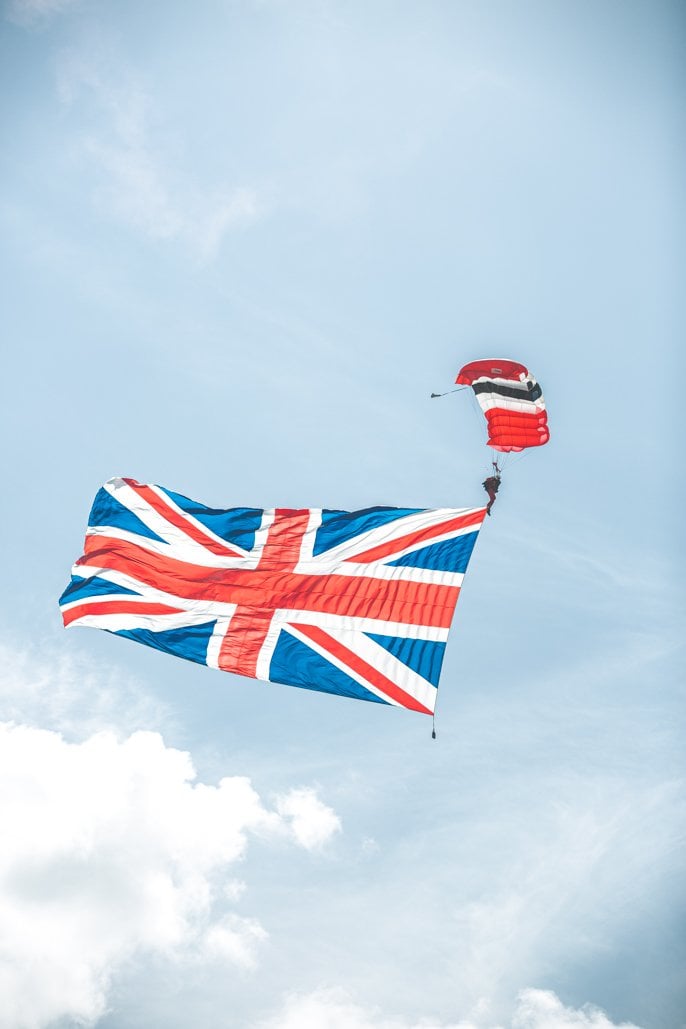
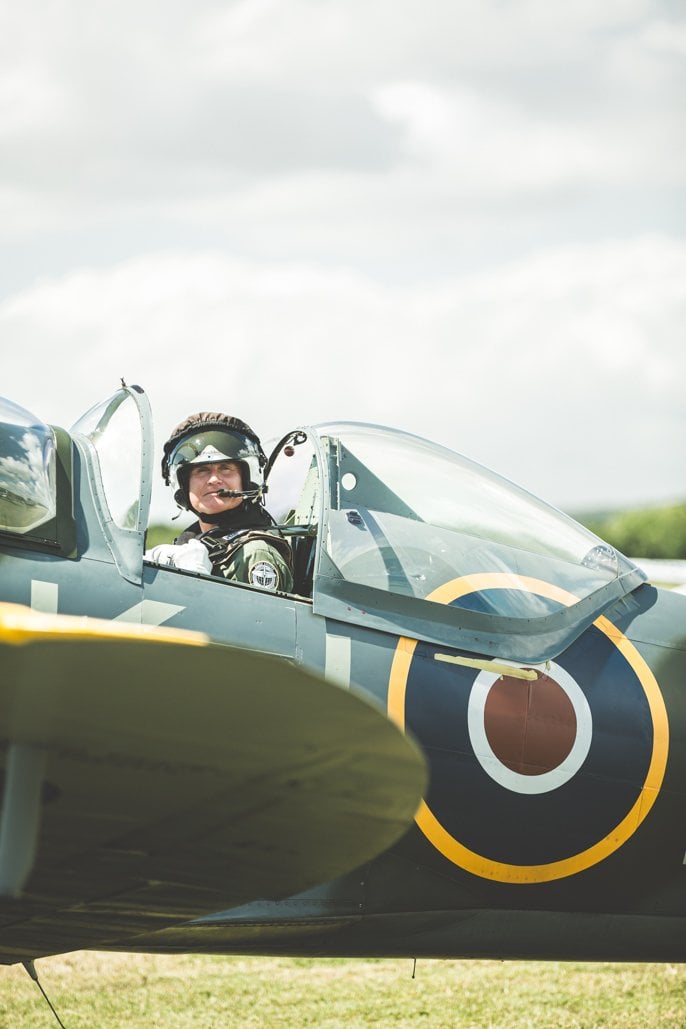
Naturally, challenges are abundant and obstacles an inevitability. While Jones is an experienced Spitfire pilot, Brooks has only recently made the transition to fixed-wing aircraft from helicopters and has spent the last six months getting up to speed. In the event of any mechanical maladies, an engineer and a raft of spare parts will accompany the Spitfire aboard a Pilatus PC-12. The crew has even had to ship barrels of the Spitfire’s special fuel to various remote corners of the earth in advance.
Arguably the biggest challenge Brooks and Jones face, however, is the weather. “In Europe, there are thousands of airports and airfields, but in some of more remote places we’re going to fly, there might be an airstrip only every 400 or 500 miles,” Jones comments. “That’s why we’ve taken so many steps to buy us extra time in the case of emergencies – enlarging the fuel capacity, for example, means that even if we travel 400 miles and encounter a bad weather front 25 miles out from our destination, we’ll be able to safely turn around and return to our last stop.”
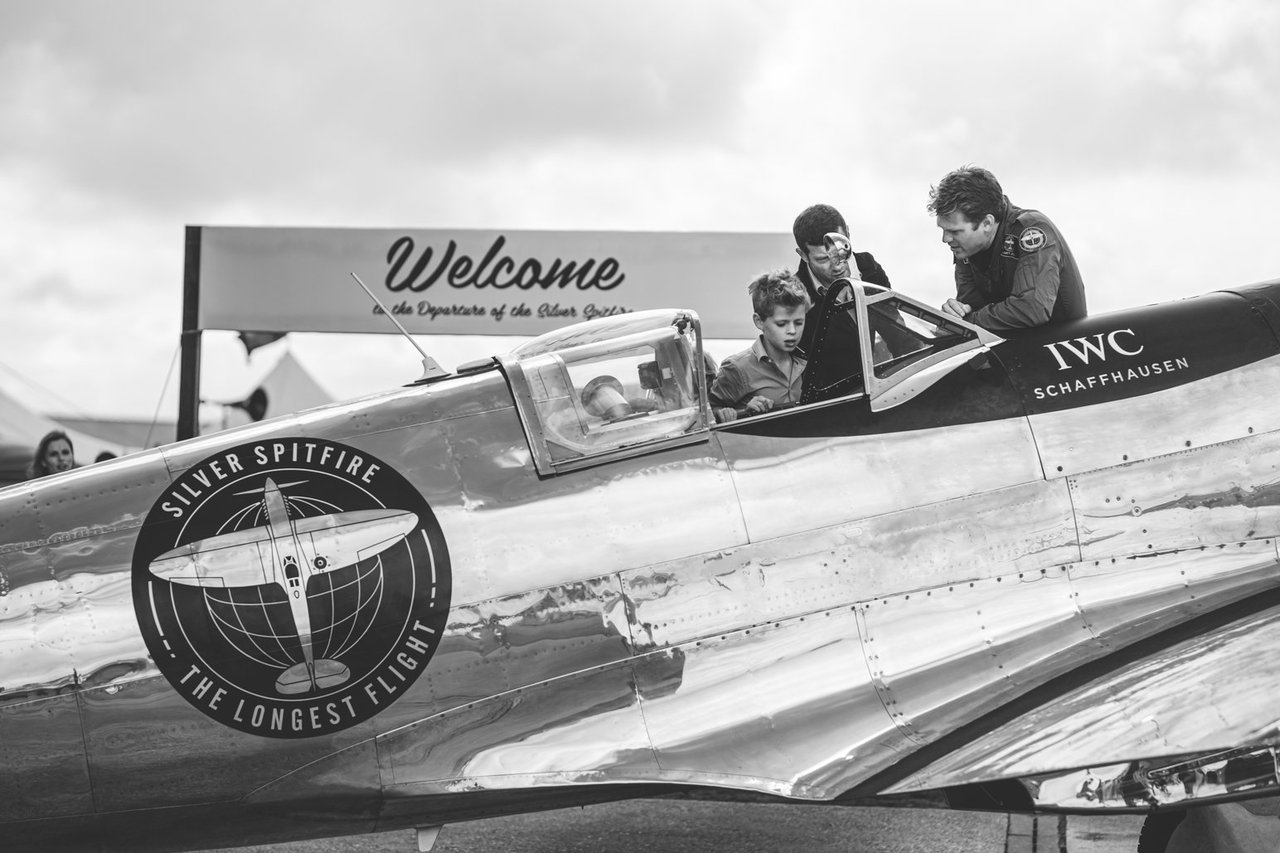
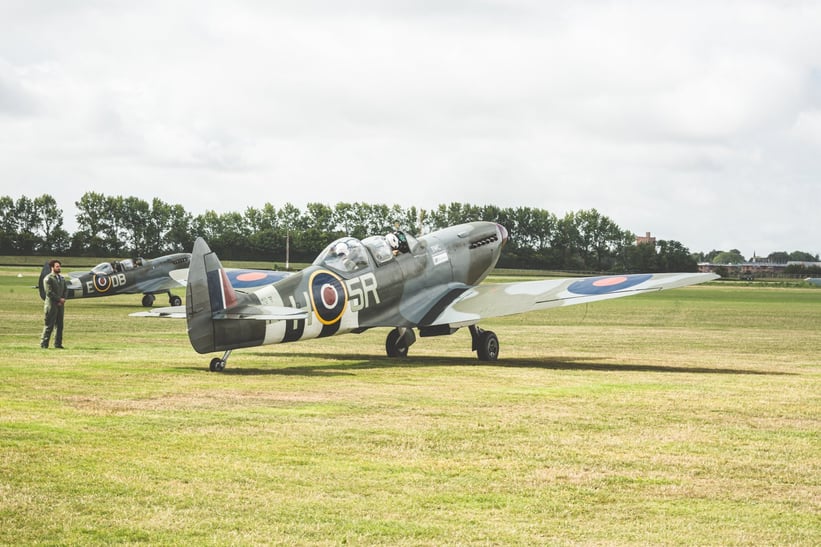

Mercifully, the miserable weather that initially threatened to plague departure day gave way for glorious sunshine as final preparations were made. And bathing in said sunshine, the Silver Spitfire looked utterly sensational, the highly-polished finish accentuating all of its perfectly proportioned lines. Prior to the trip, the plane’s engine had around 35 hours of testing put on it, during which time it climbed to 25,000 feet – the highest altitude any Spitfire has reached since the 1950s. As bizarre as it sounds, it felt as though the aircraft was itching to start its expedition.
In his role as an IWC ambassador, Formula 1 veteran David Coulthard was also present at Goodwood, among a handful of other high-profile celebrities. We were granted the opportunity to sit down with the straight-talking Scot and quiz him on his interest in aviation. Remarkably, it transpired that as a child, Coulthard was exposed to flying before he’d even sat in a go-kart.
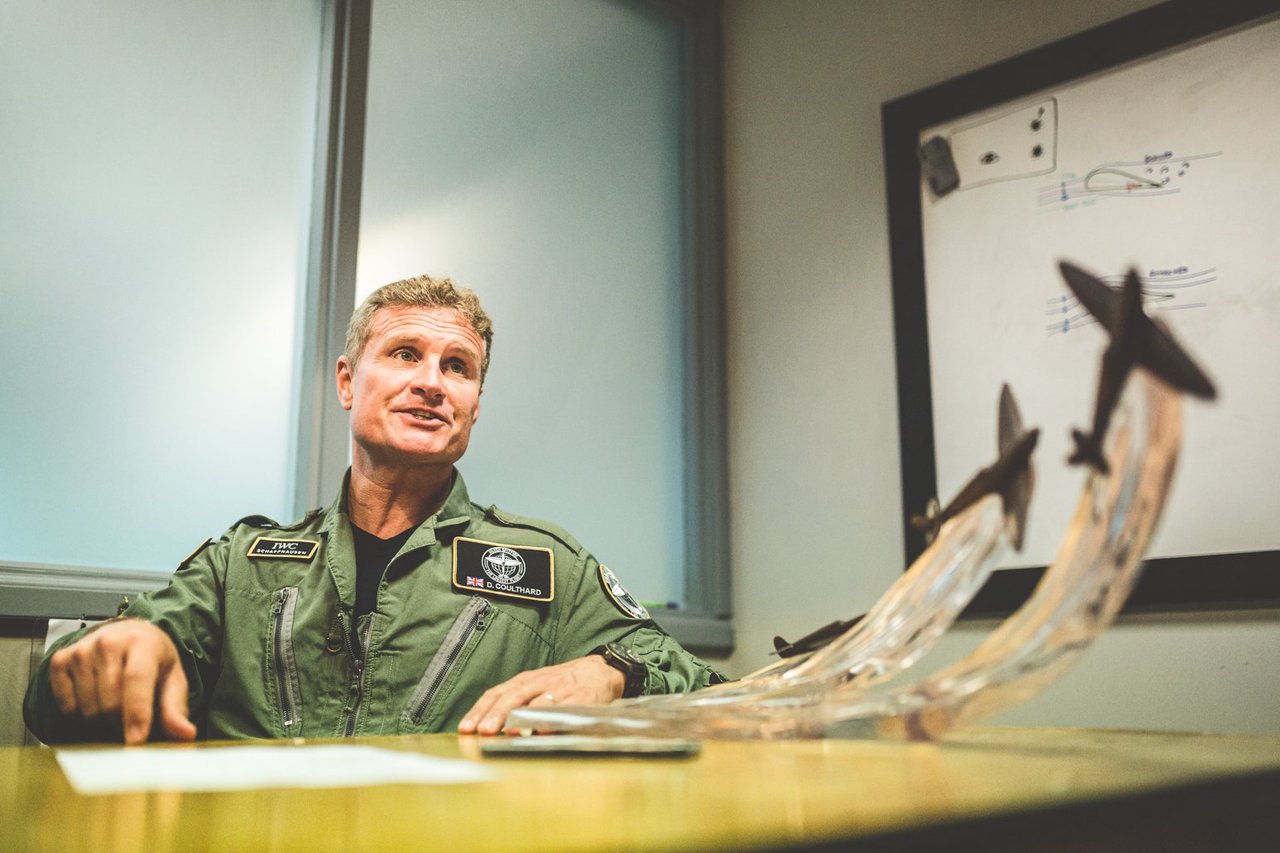
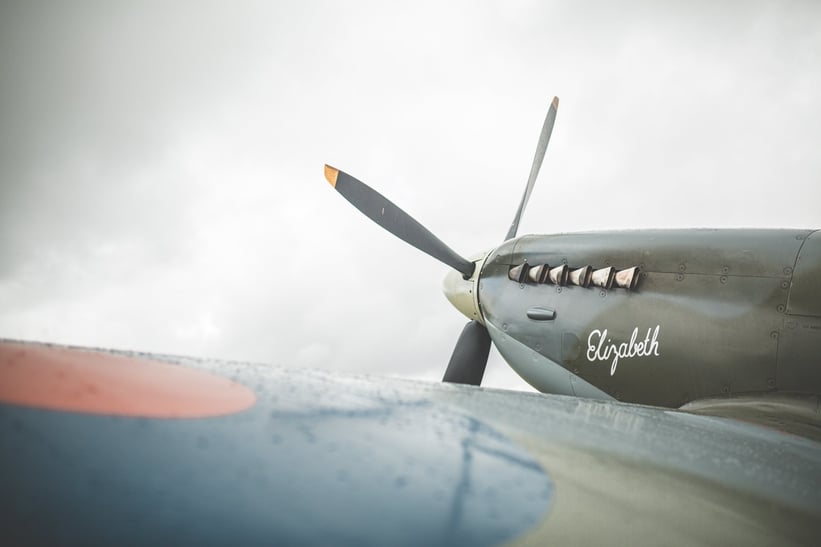
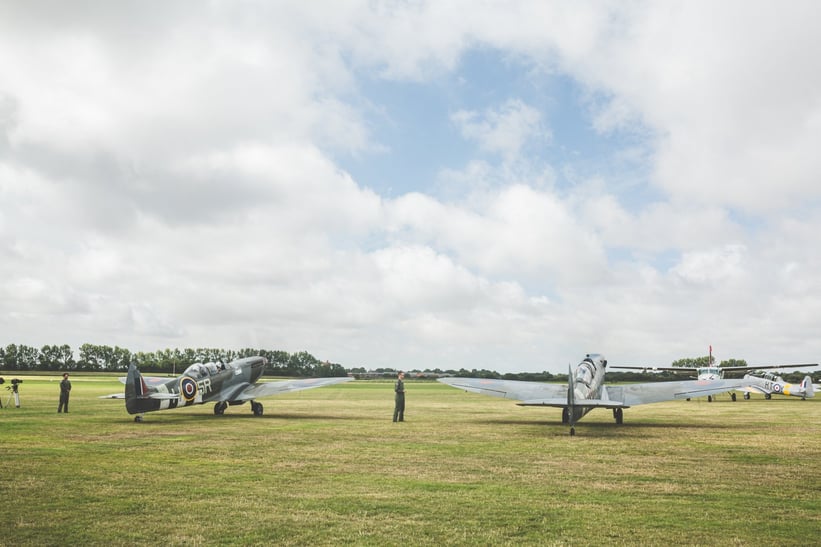
“Our family is in the transport industry and we’ve had a trucking company on the west coast of Scotland since 1916,” he told us. “In having to service the United Kingdom, one of the assets my father used when I was younger was a small aeroplane. From a very early age, I was taking the controls of planes – little did I know then that I’d end up as a Formula 1 driver travelling the world.”
Over the course of his career as a driver and subsequently a pundit, Coulthard has been lucky enough to fly with the Royal Air Force Aerobatic Team, more commonly known as the Red Arrows, and experience the rear seat of an Australian air force F/A-18 Hornet. We’re fairly sure that neither of those experiences compared to yesterday, though, when he climbed aboard a two-seater Spitfire and escorted Matt Jones into the air to commence The Longest Flight.
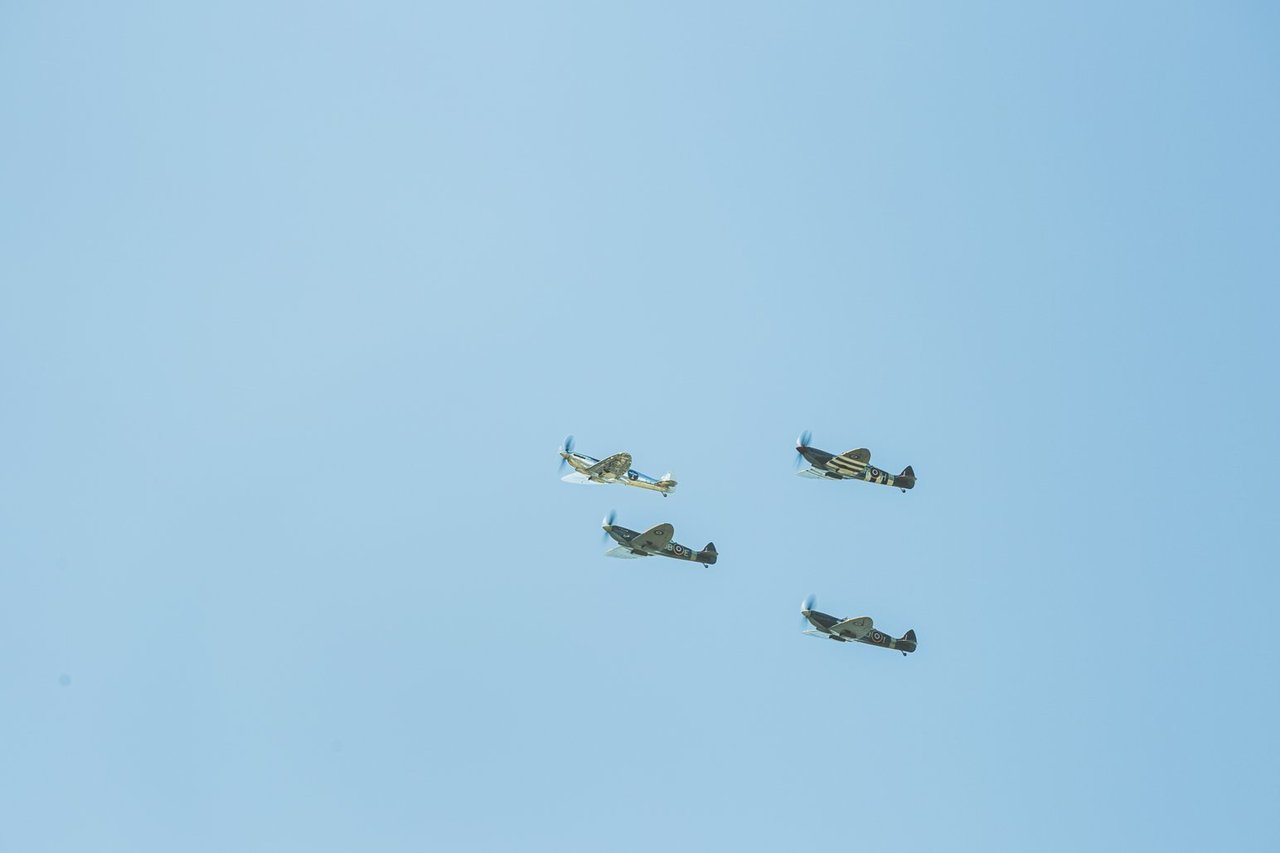
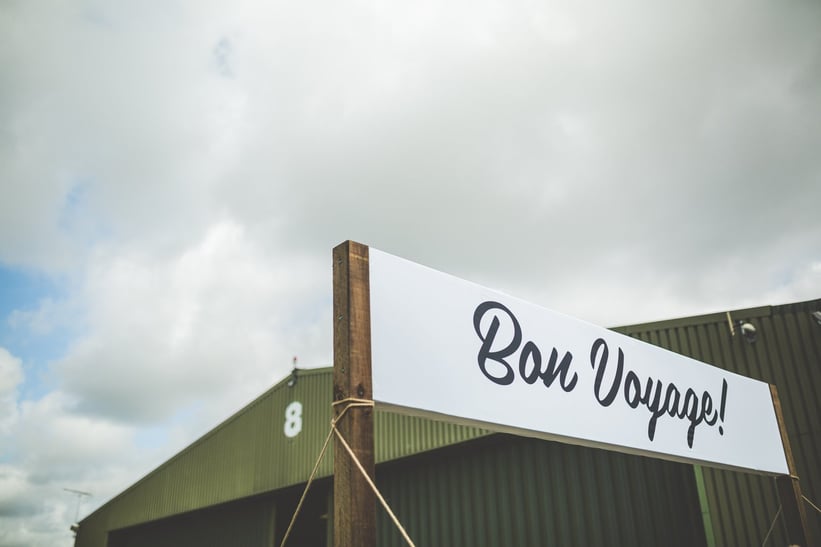
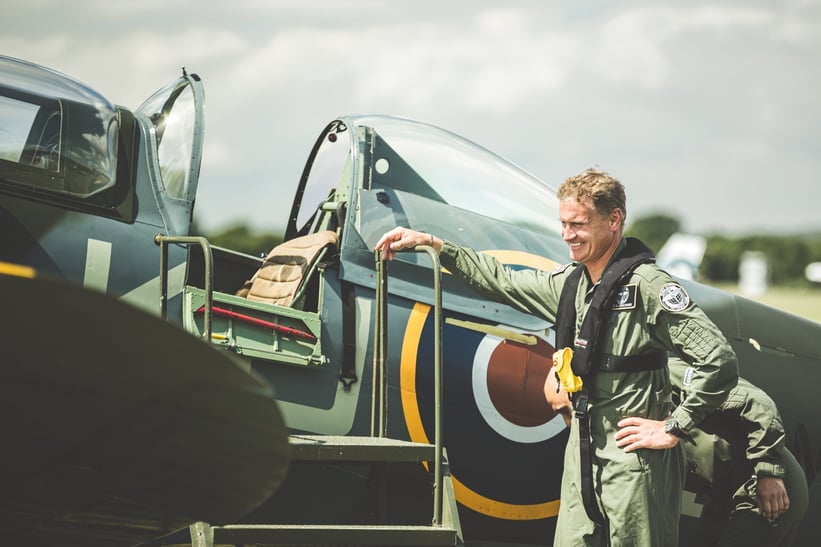
As Jones majestically broke free from the four-ship formation of Spitfires and climbed into a loop before pitching the nose northward towards Scotland, we were reminded of something he said earlier on. “As difficult as this endeavour is going to be, we must bear in mind that there’s not a single person who flew Spitfires during the War who wouldn’t trade places with us – for them, the landing was always the part they looked forward to most.”
We’d like to wish Matt and Steve the best of luck on their incredible adventure – if you inspire but a handful of people, which we’ve absolutely no doubt you will, it’ll have been worth all the effort. Godspeed, and see you in December!
Photos: Robert Cooper for Classic Driver © 2019










































